Personal taste remains the deciding factor for anyone choosing a new sports car. Nobody can tell you what you like – just as you can’t be told to take to a bottle of Argentinian Carménère, a ribeye steak done ‘black and blue’, or the music of The Wurzels.
Even so, in such a diverse exotic sports car market as we now have, it can be hard enough just to narrow down the options. “So what next, Mr Autocar Road Test Editor? Should I have the really fast one? The hybrid one, perhaps? Or the throwback, lightweight one? What about the heavyweight electric one, or the really wild, hardcore one?”
My stock response tends to be to drive as many as you can and then, barring any revelations or revulsions, to plump for whatever it was that you really fancied in the first place. But whatever you’re favouring, I’d always advise, think carefully about where, how and how often you might be able to actually use and drive it before you sign anything.
For all its many-splendoured variety, today’s sports car market contains only two kinds of prospect when you really get down to brass tacks: cars you can use, and those you can’t. Nothing has more influence on how much you’ll enjoy owning one than usability. It sounds like a simple distinction, but it’s very often either forgotten or overlooked; and it can be a peculiarly personal thing.

Which brings us to the concept of the sporting GT, the sports car made more usable. That’s really all the modern grand tourer is: a car indulgent, exciting, exclusive and special at its heart, but tempered with just enough versatility, practicality and pragmatism to give us more ways and occasions to enjoy it. I love ’em.
A modern GT should slip easily into your life, because that’s exactly what the good ones are designed to do. But some are designed to do it very differently from others. And, it turns out, a brand-new type of front-engined, rear-driven, turbo V8-powered, £170,000 Ferrari GT car does it in a very particular, fresh and dynamically compelling way. One that, you’ll find, is quite unlike that of its nearest equivalent from either Bentley or Aston Martin when you have the chance to compare them back to back, as I just have.


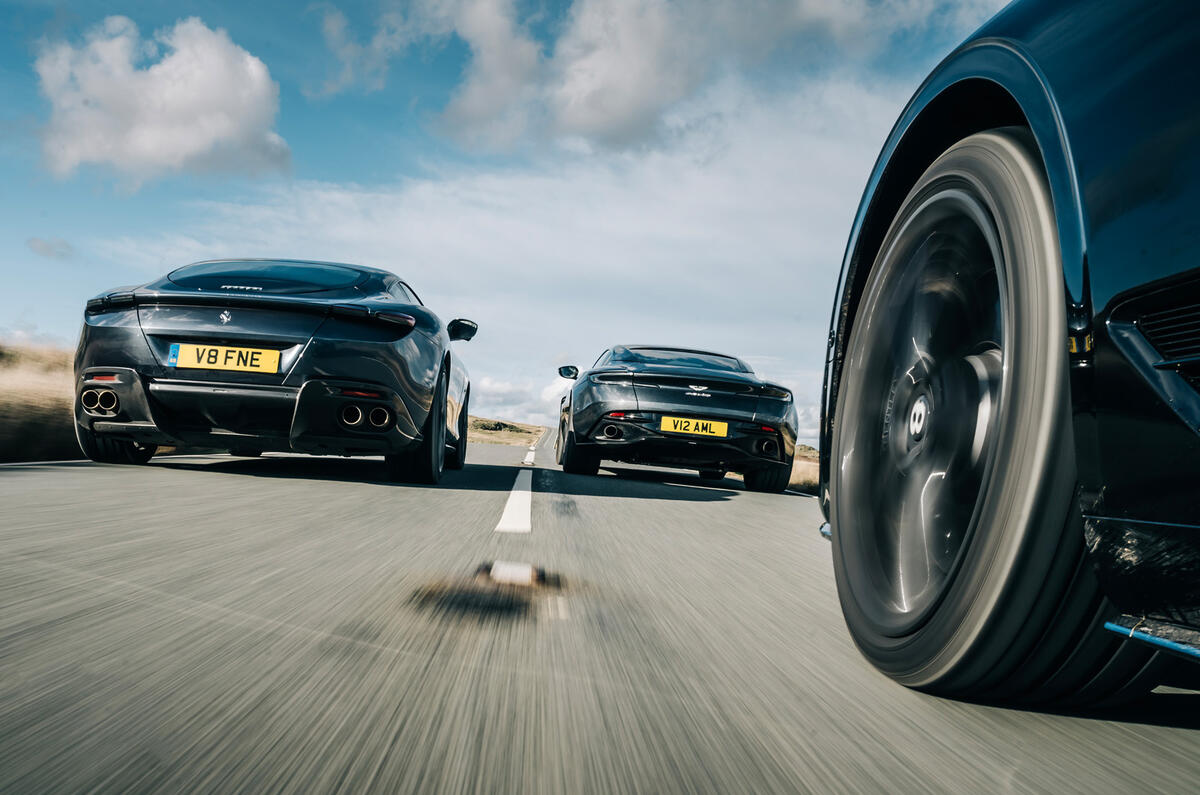
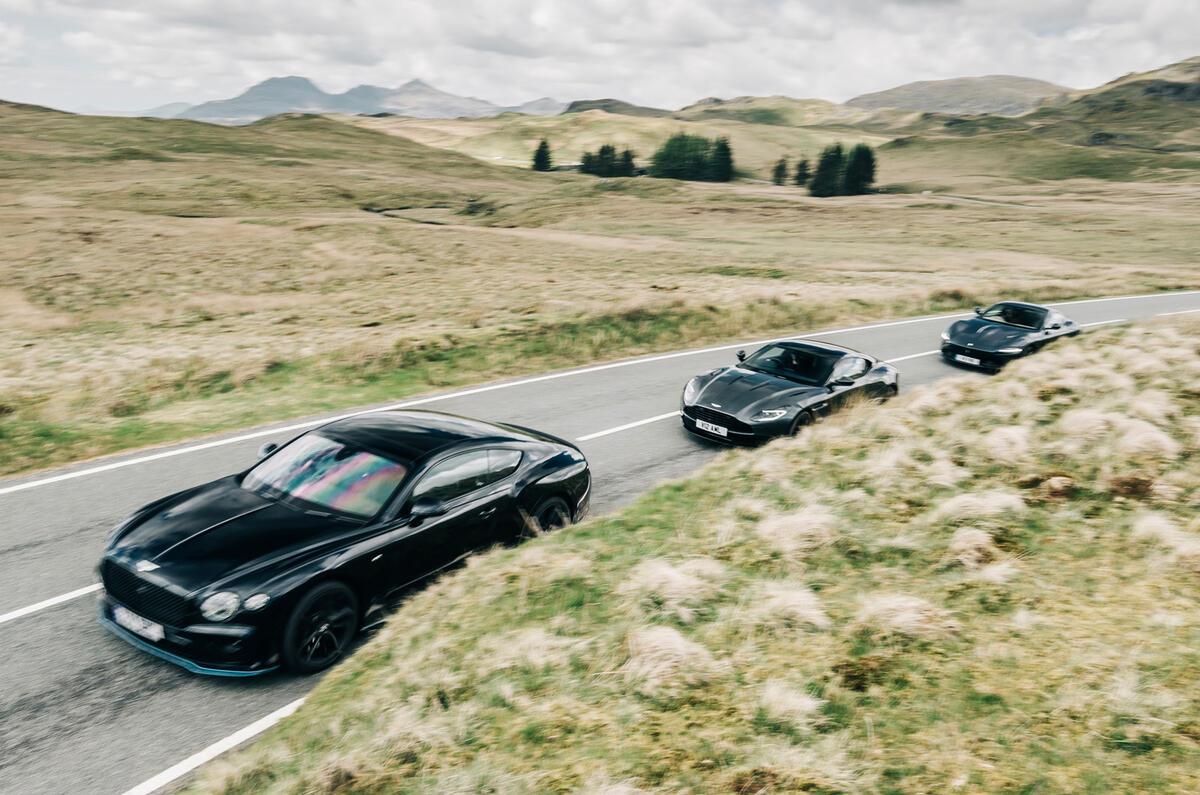
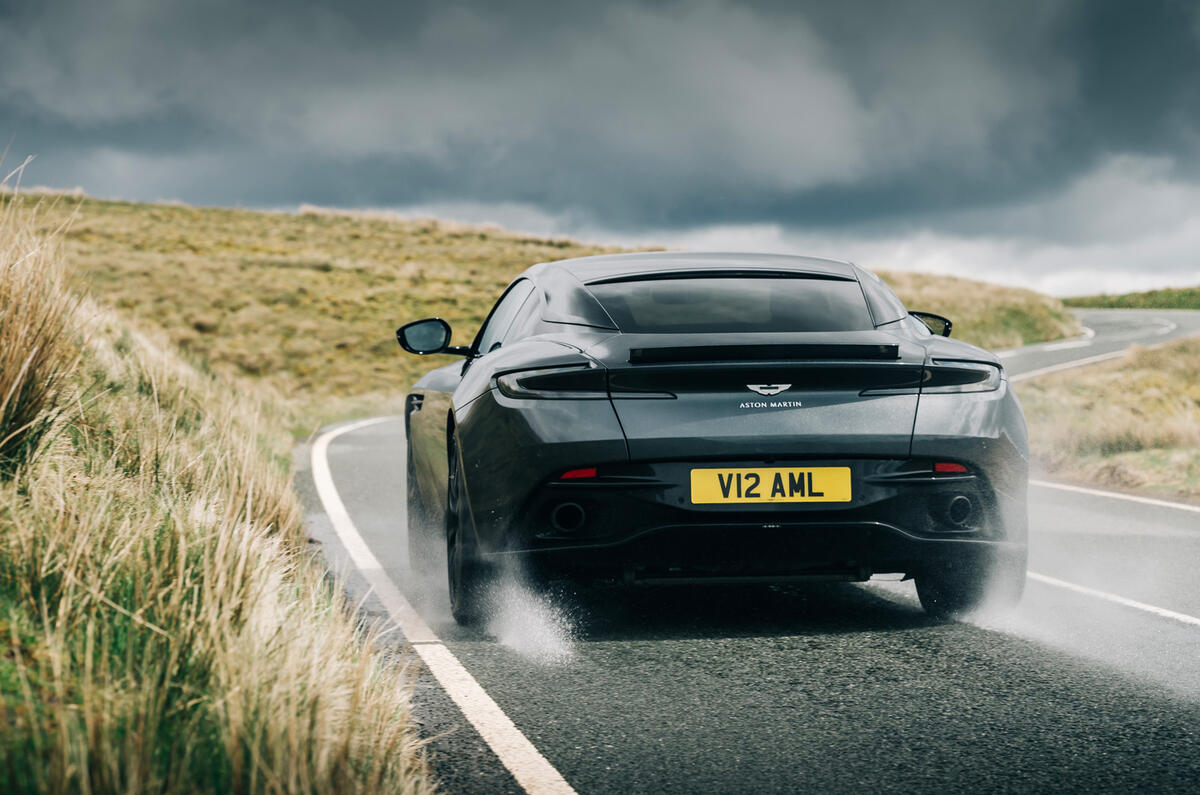
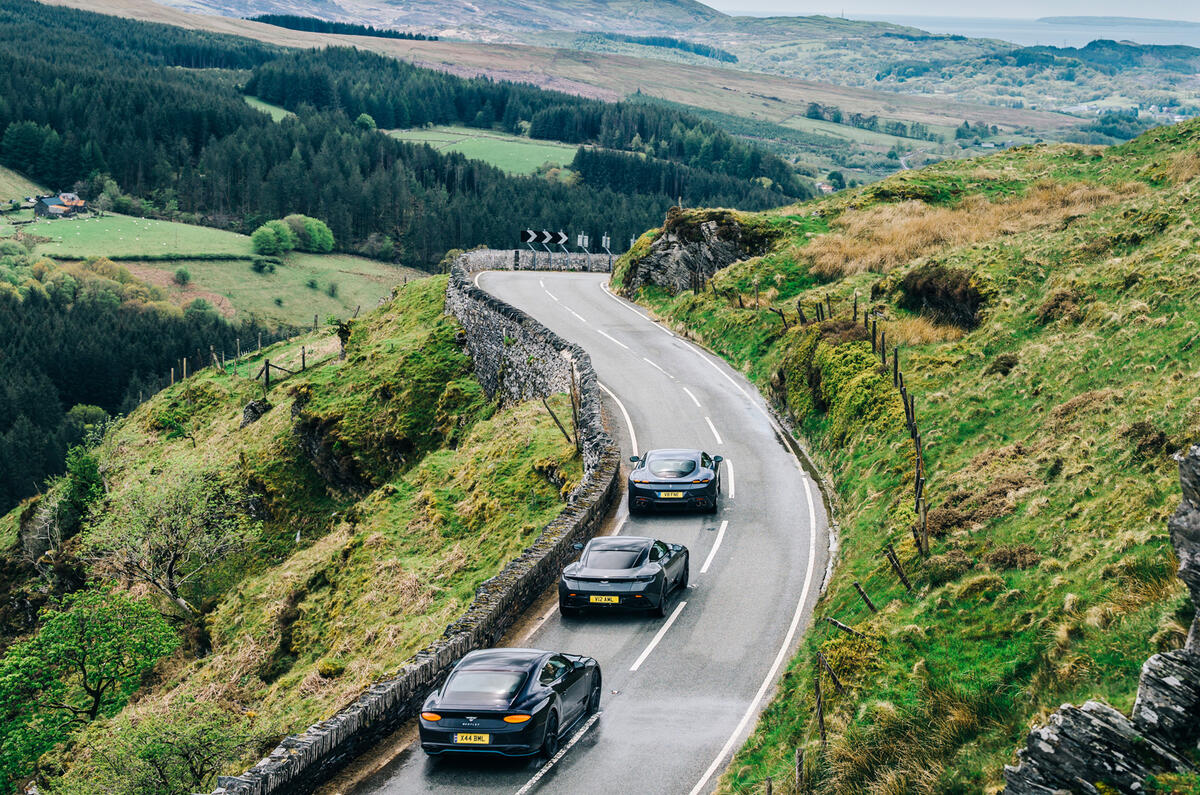
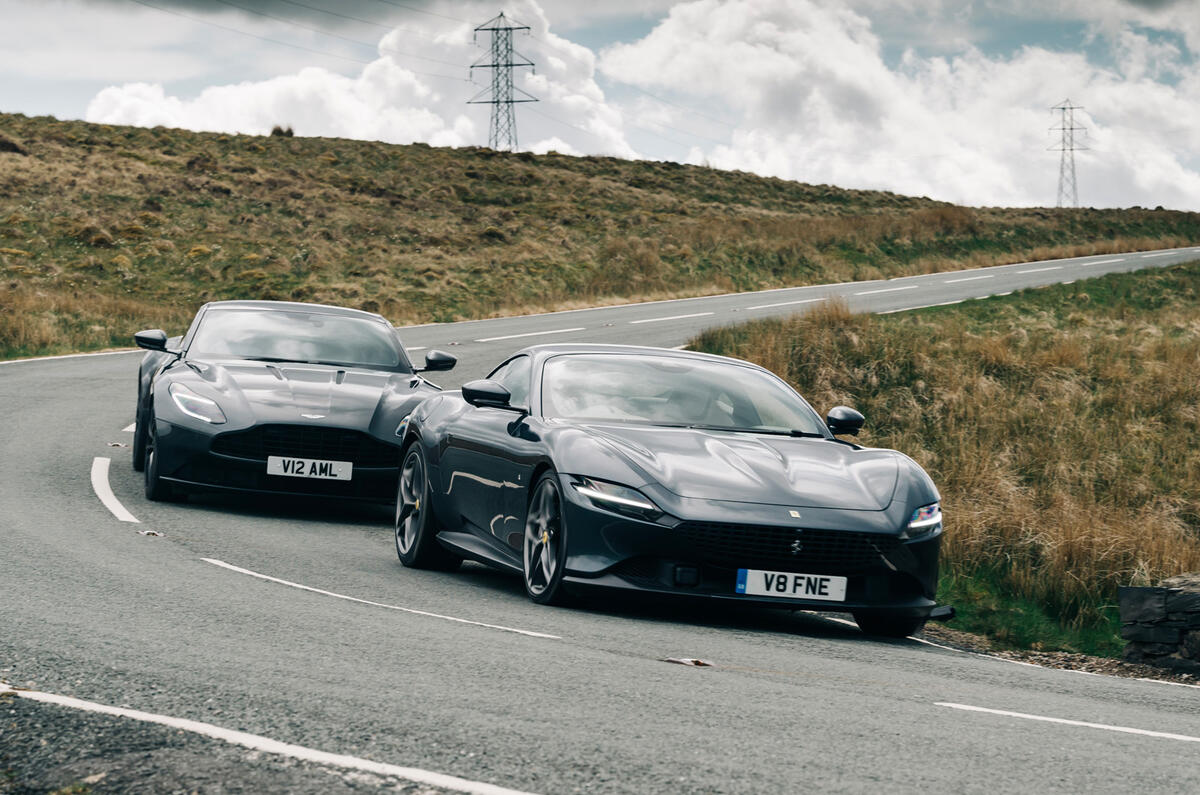
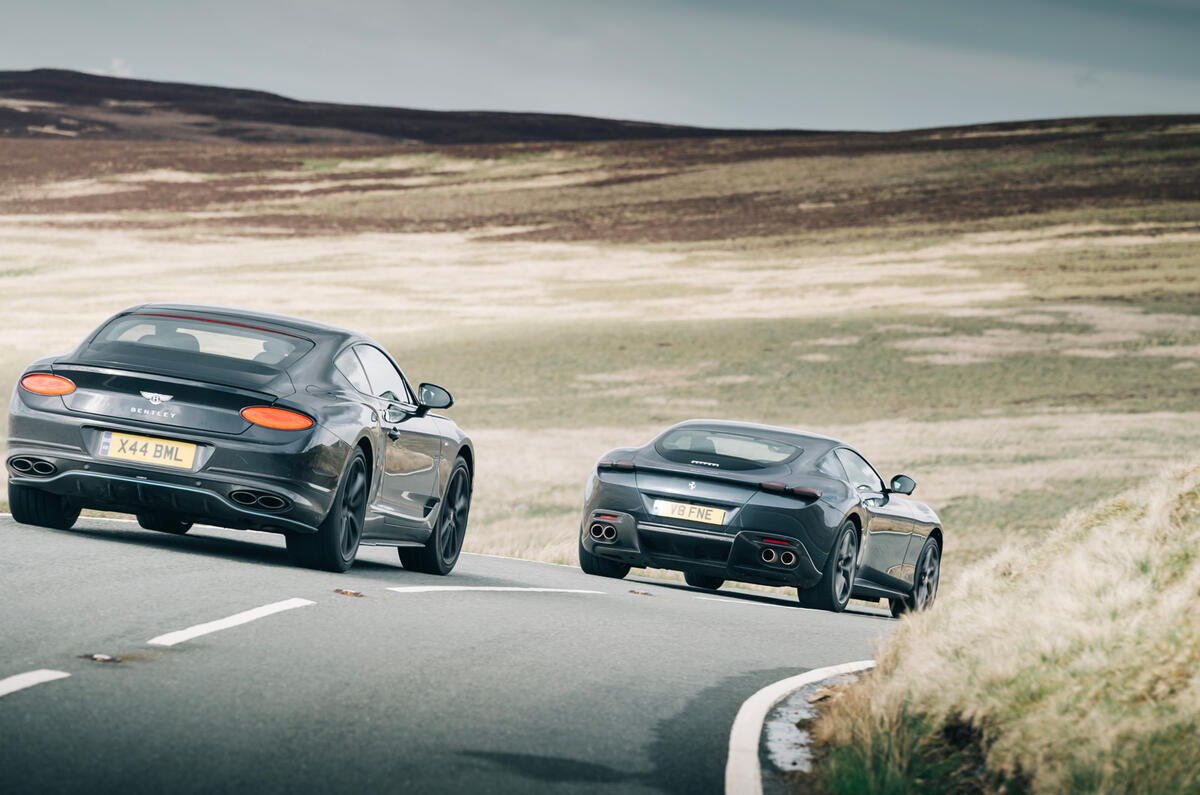
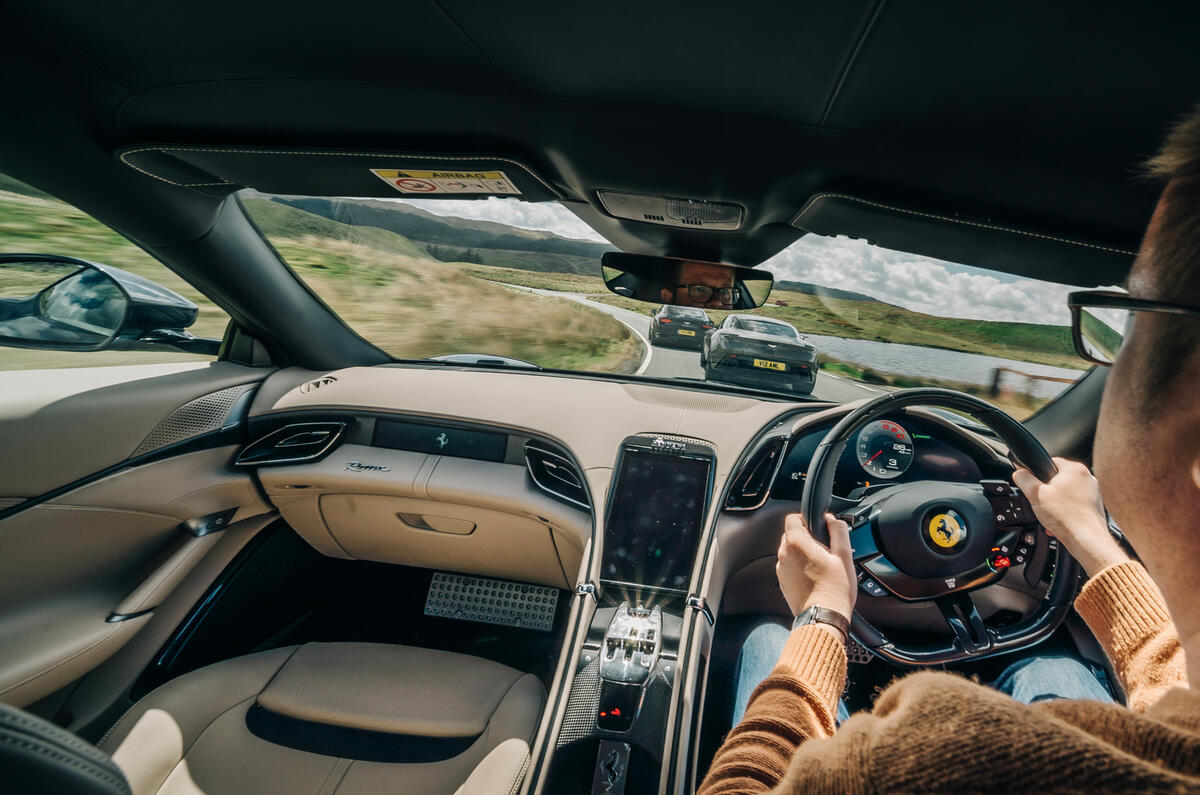
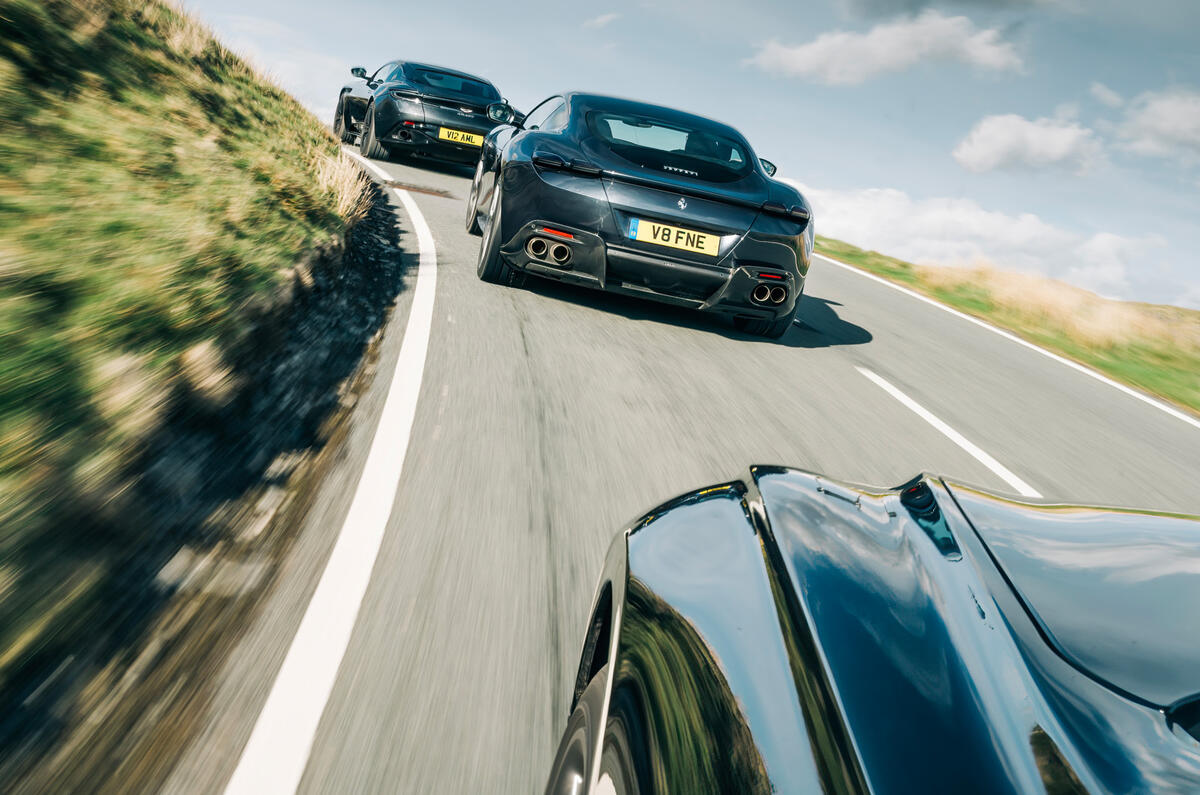
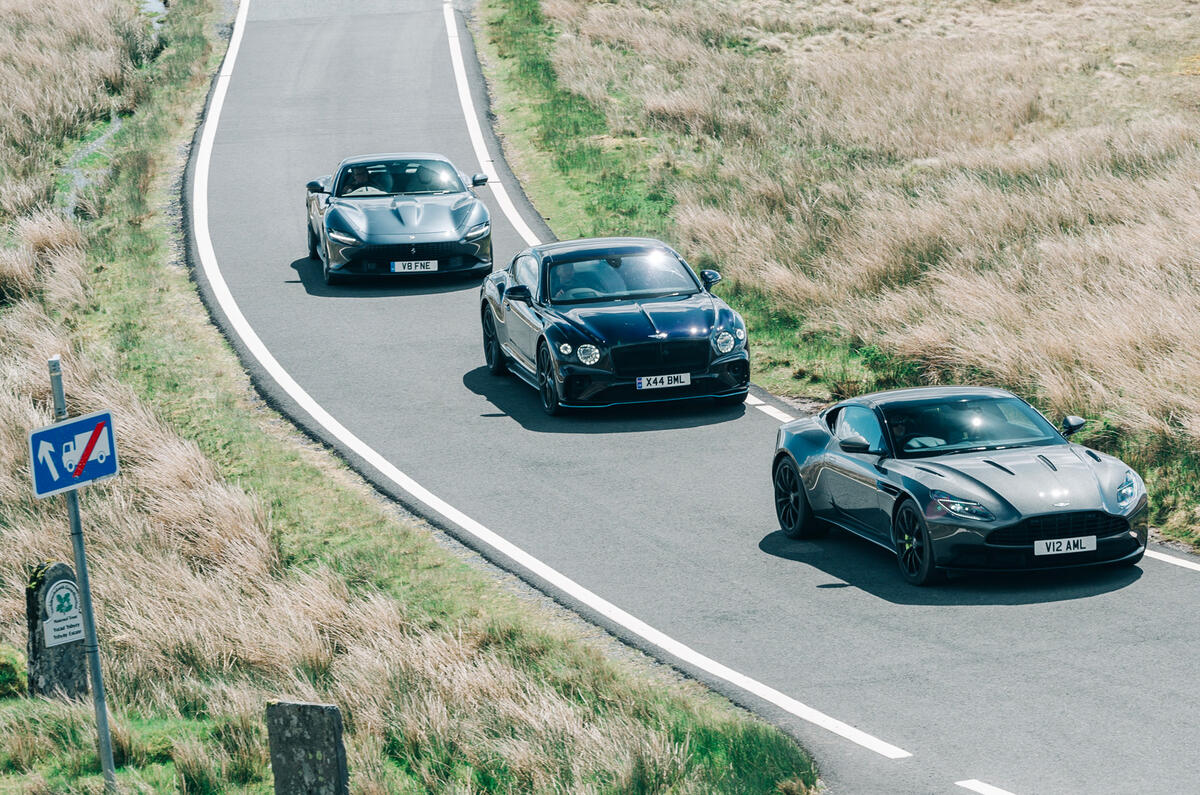

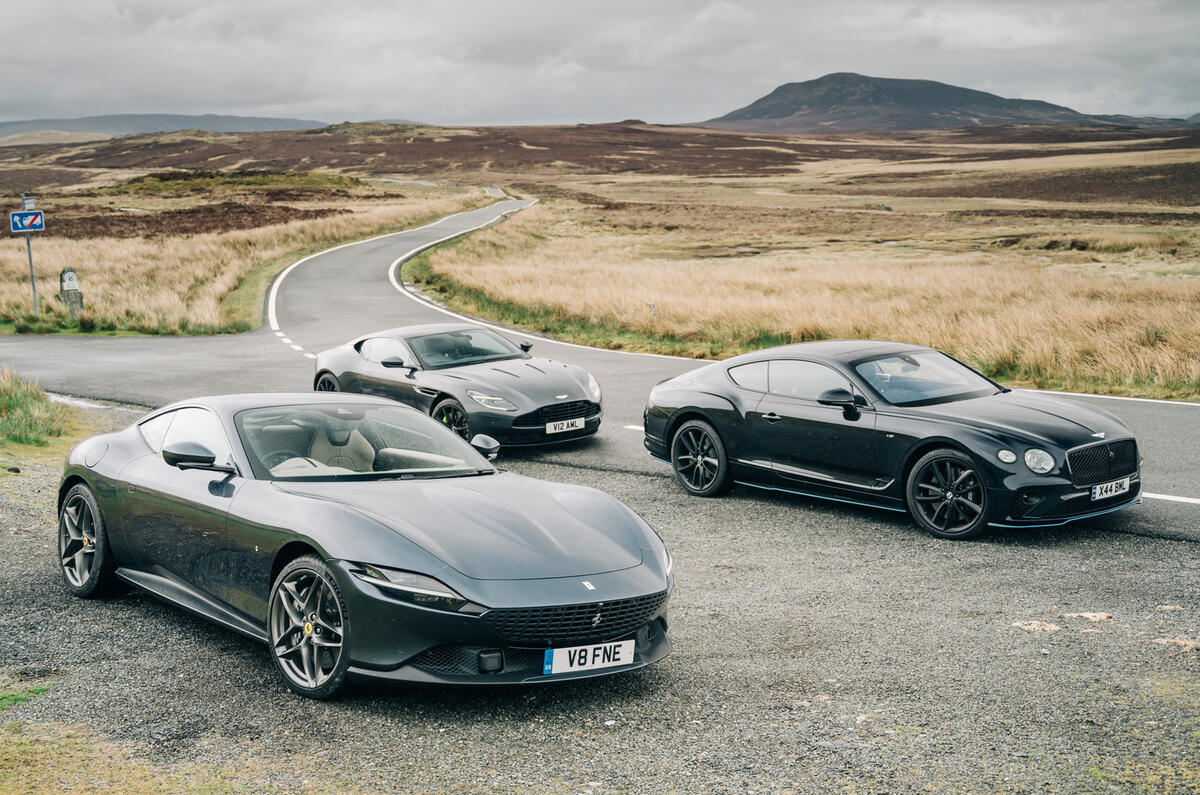
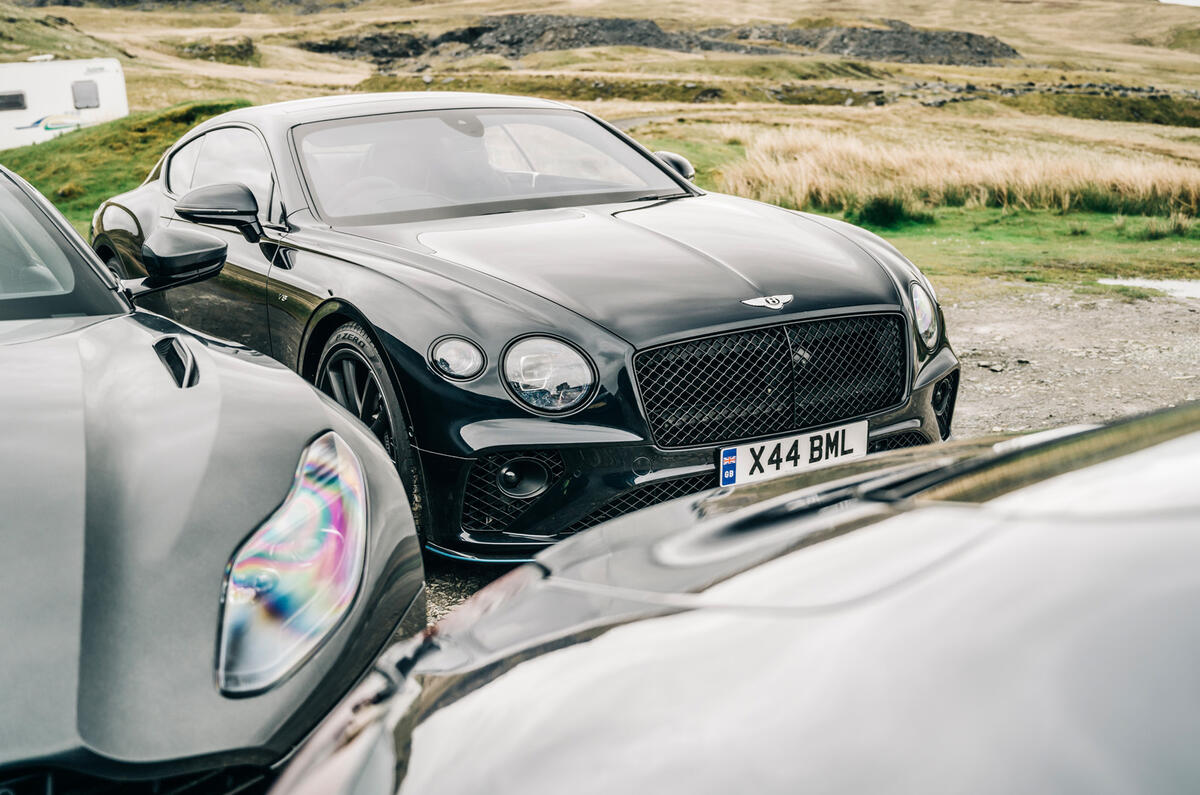
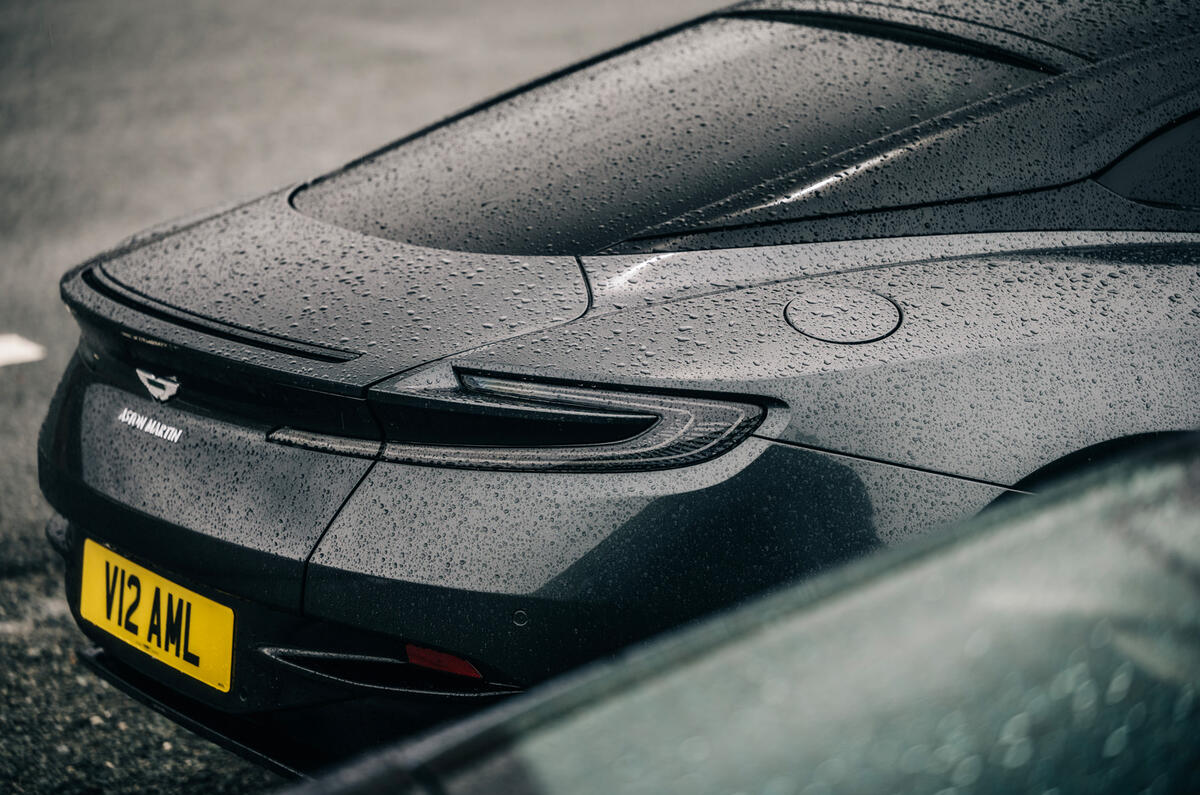
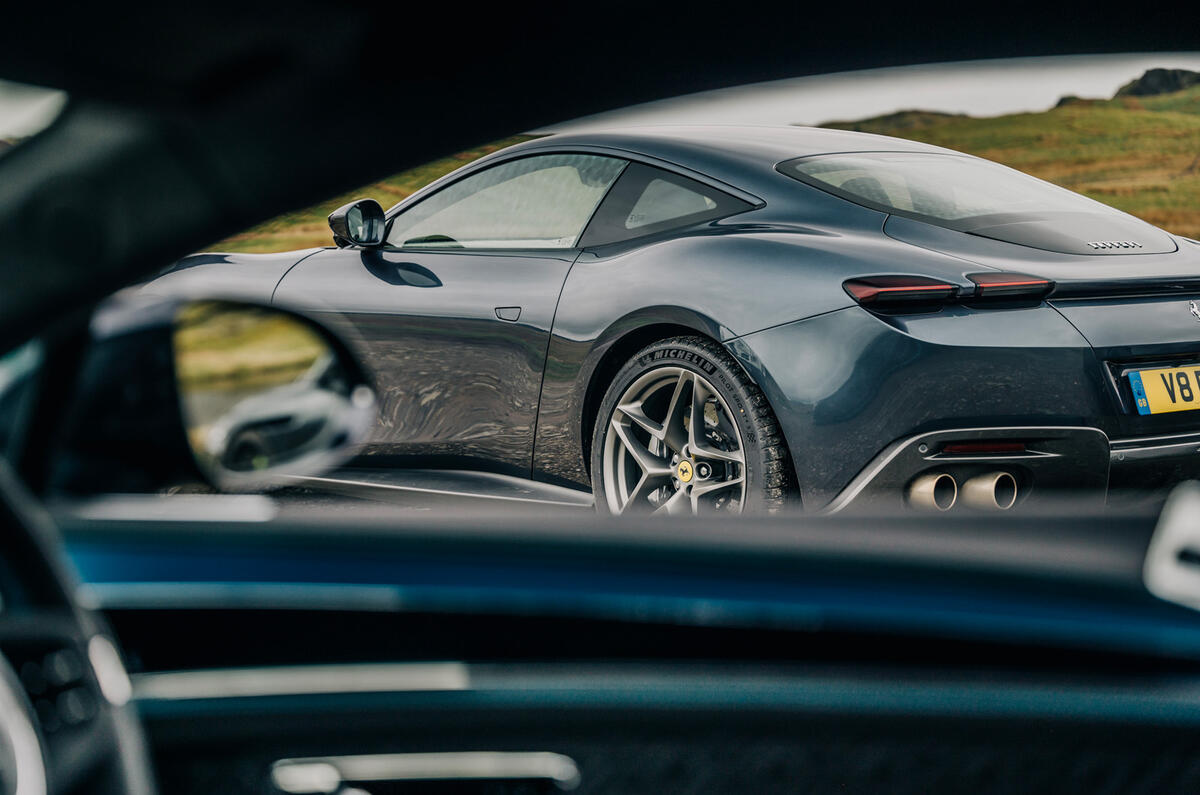
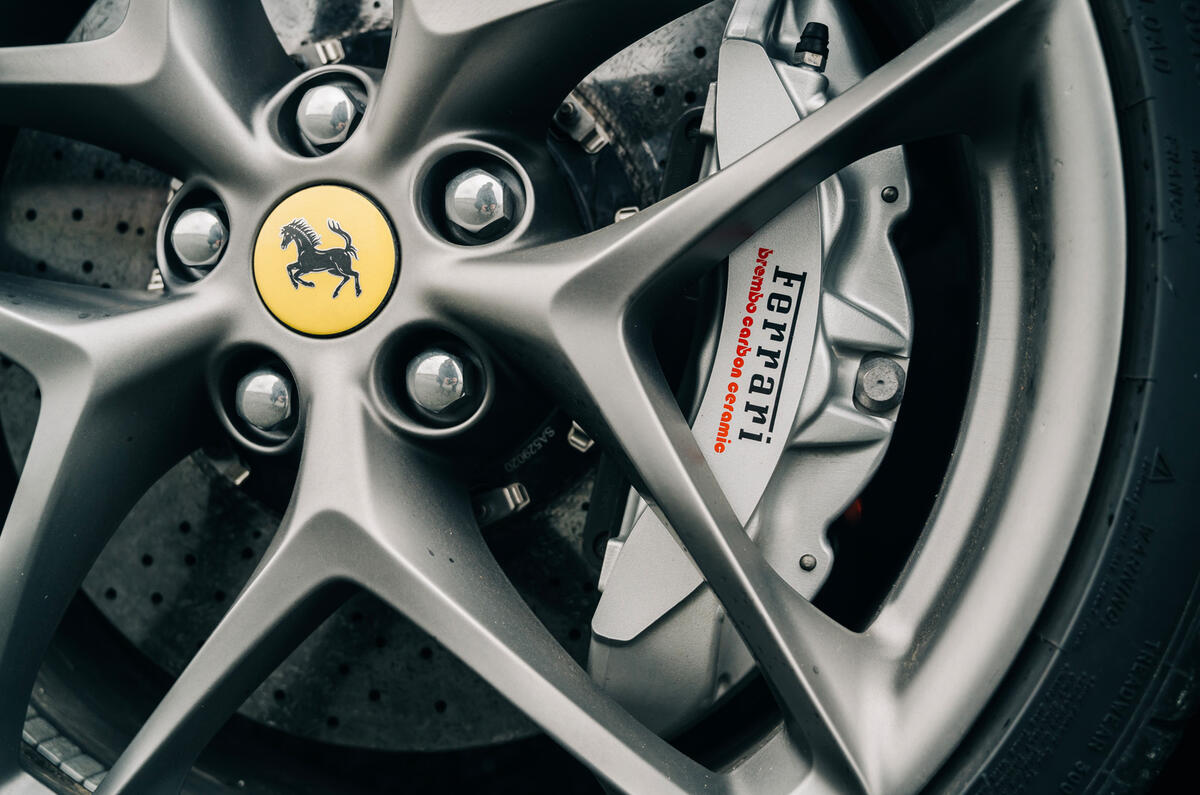
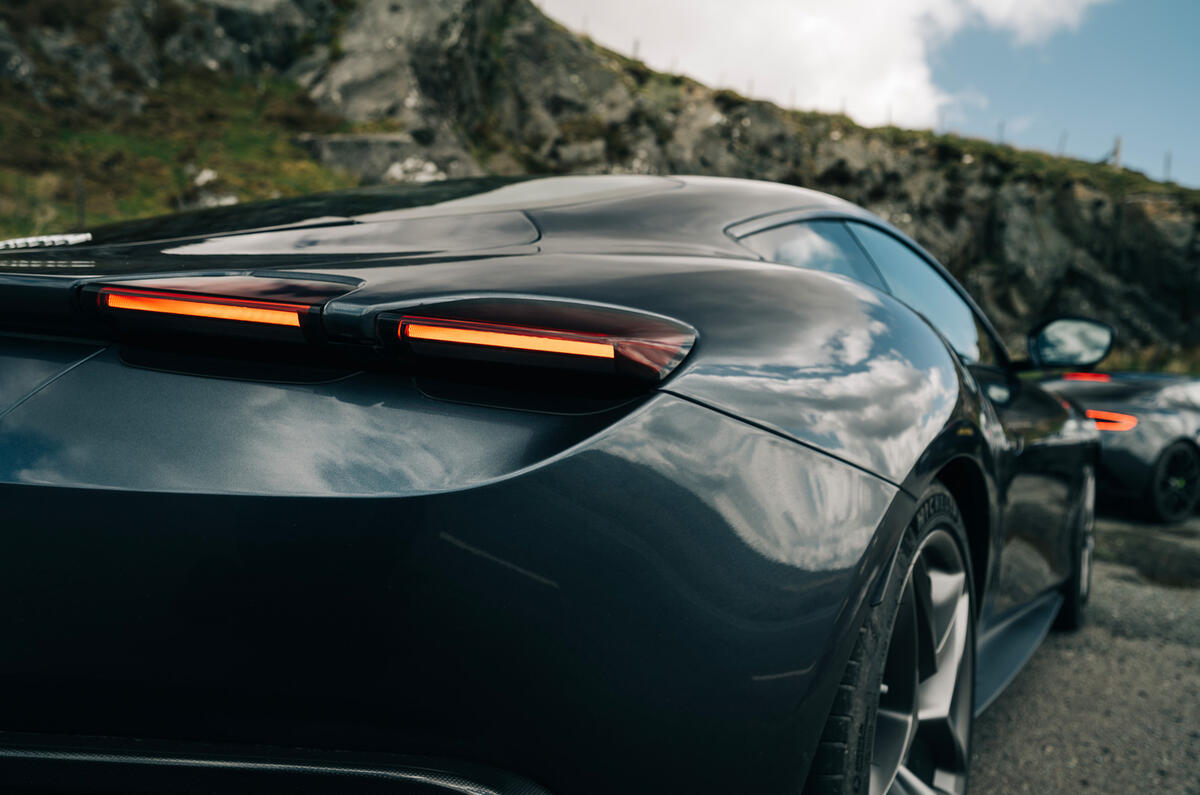
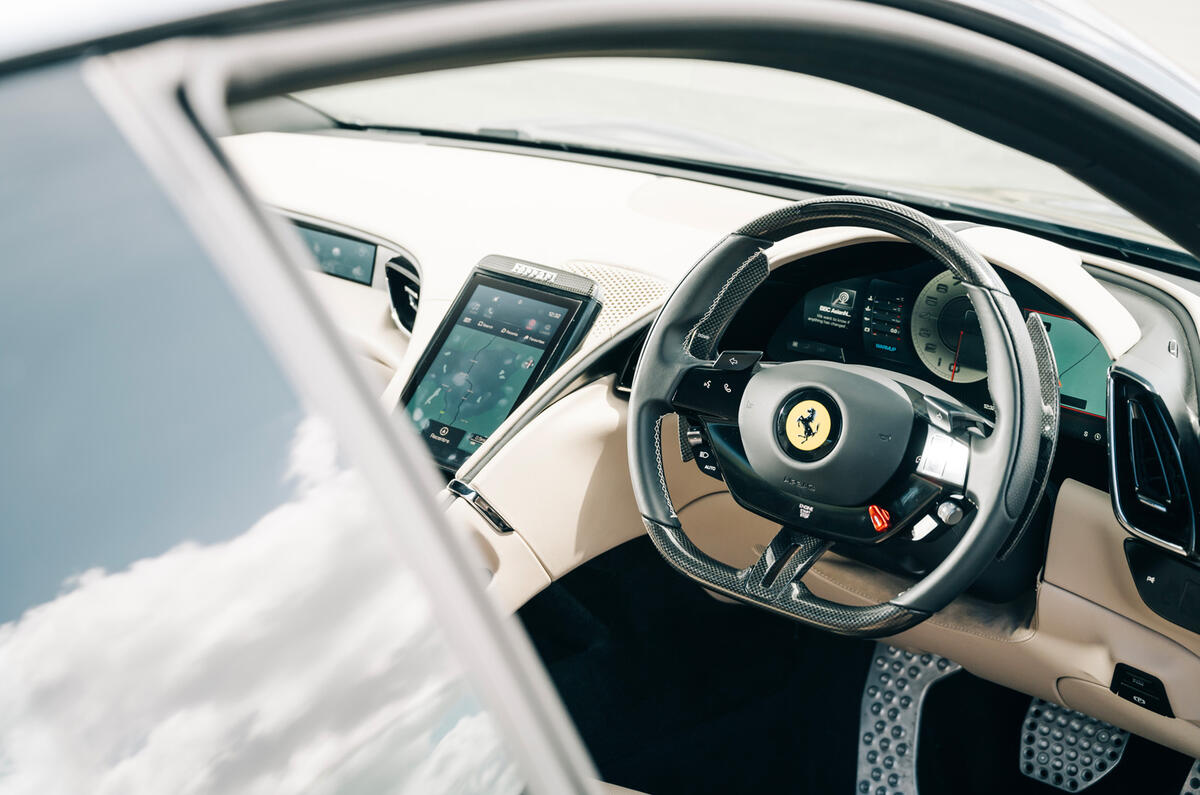
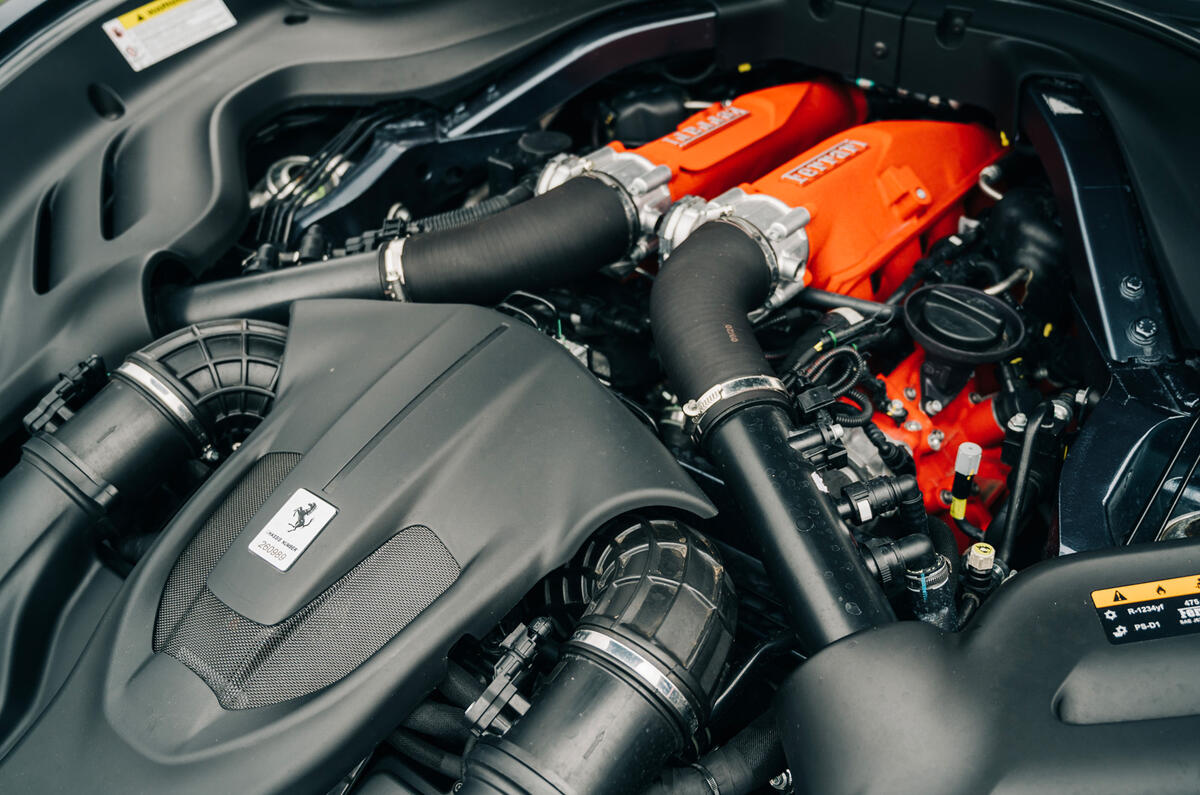
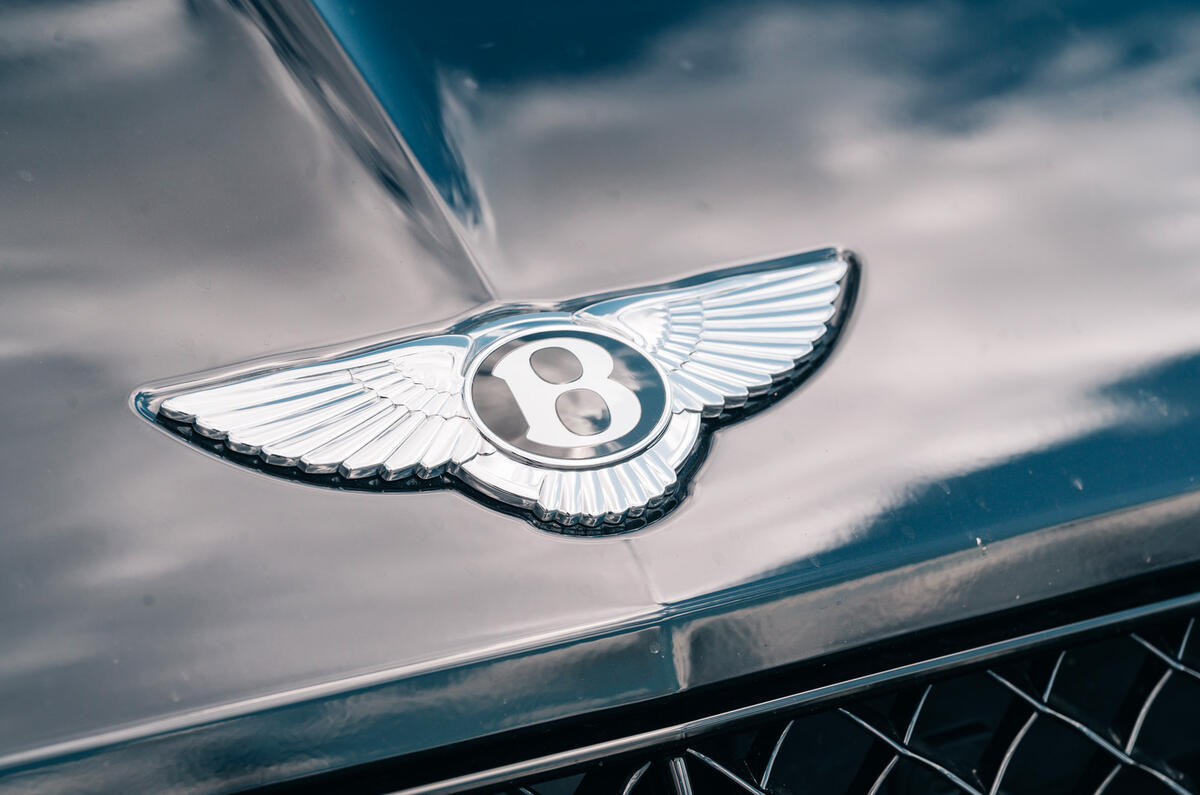
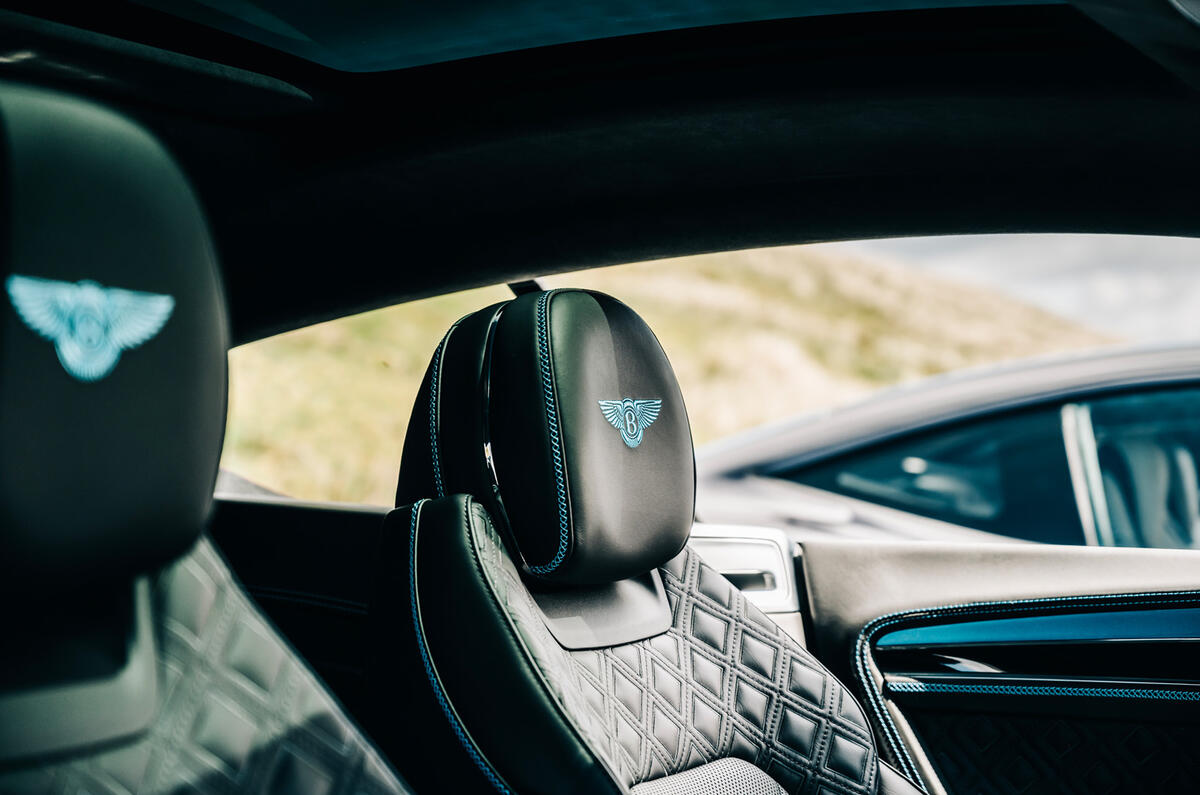
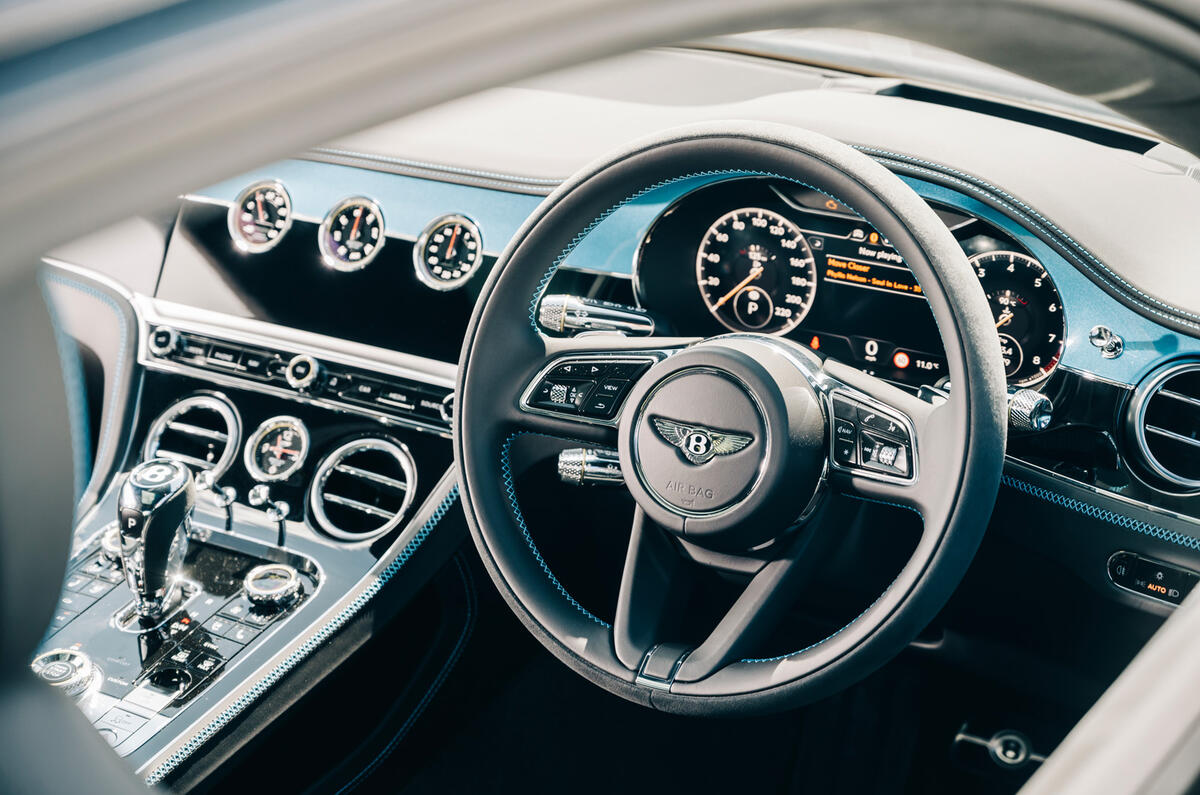
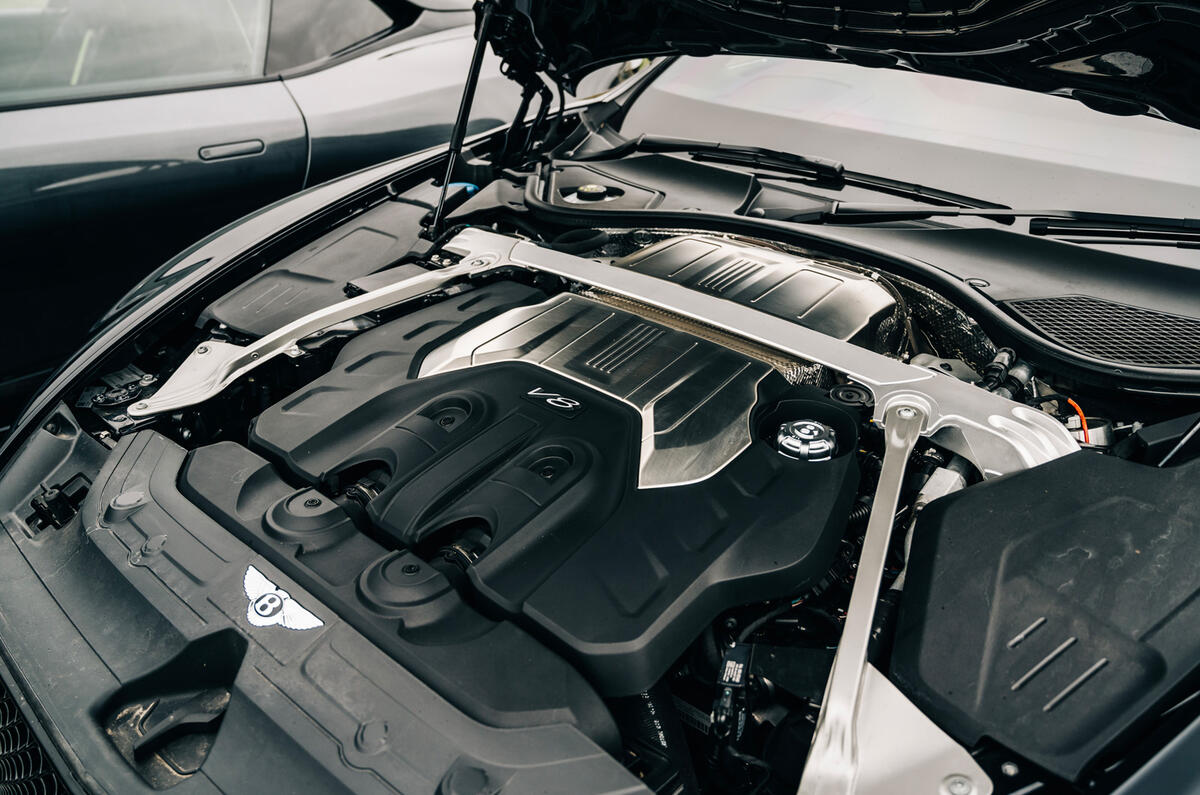
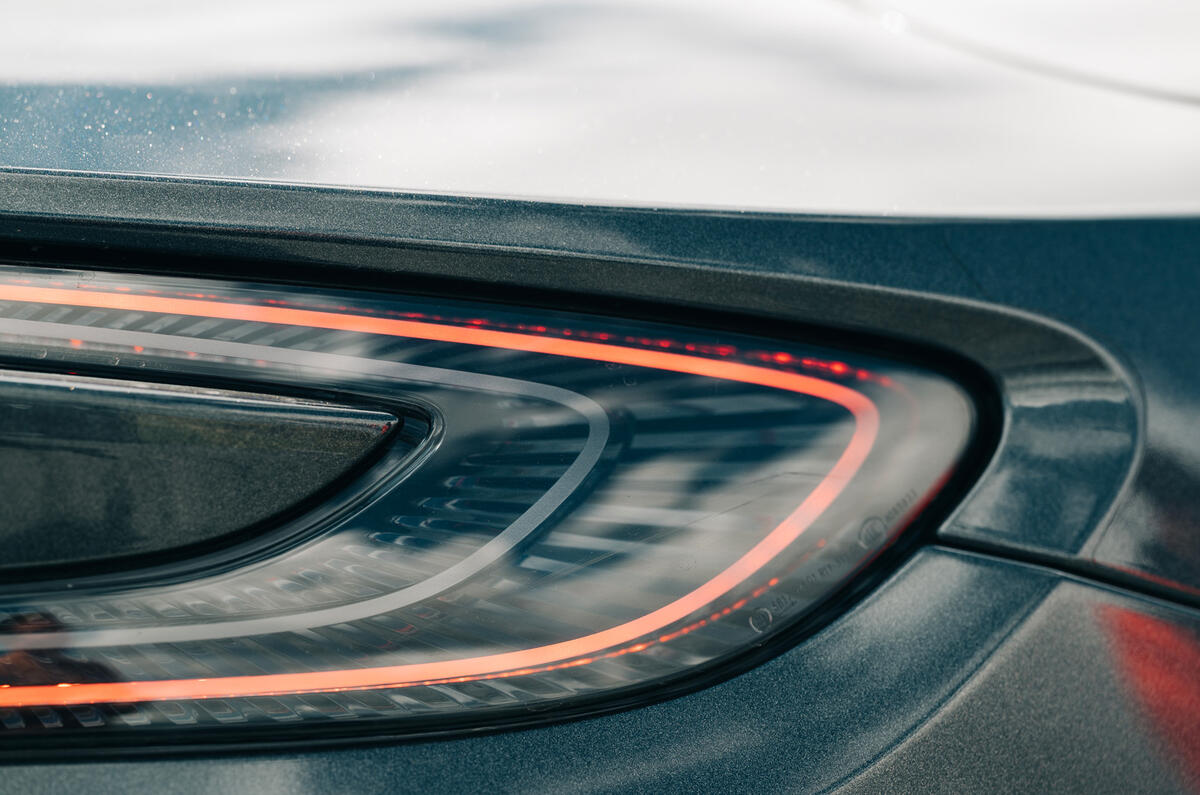
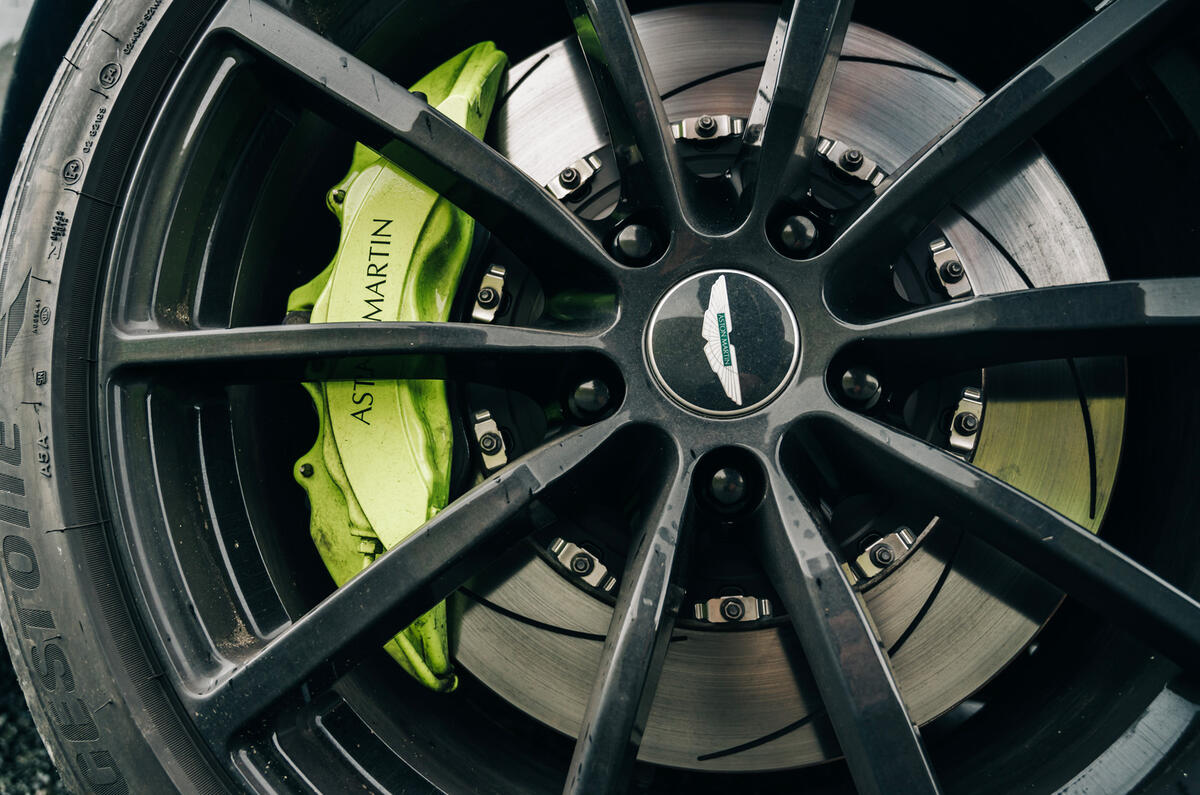
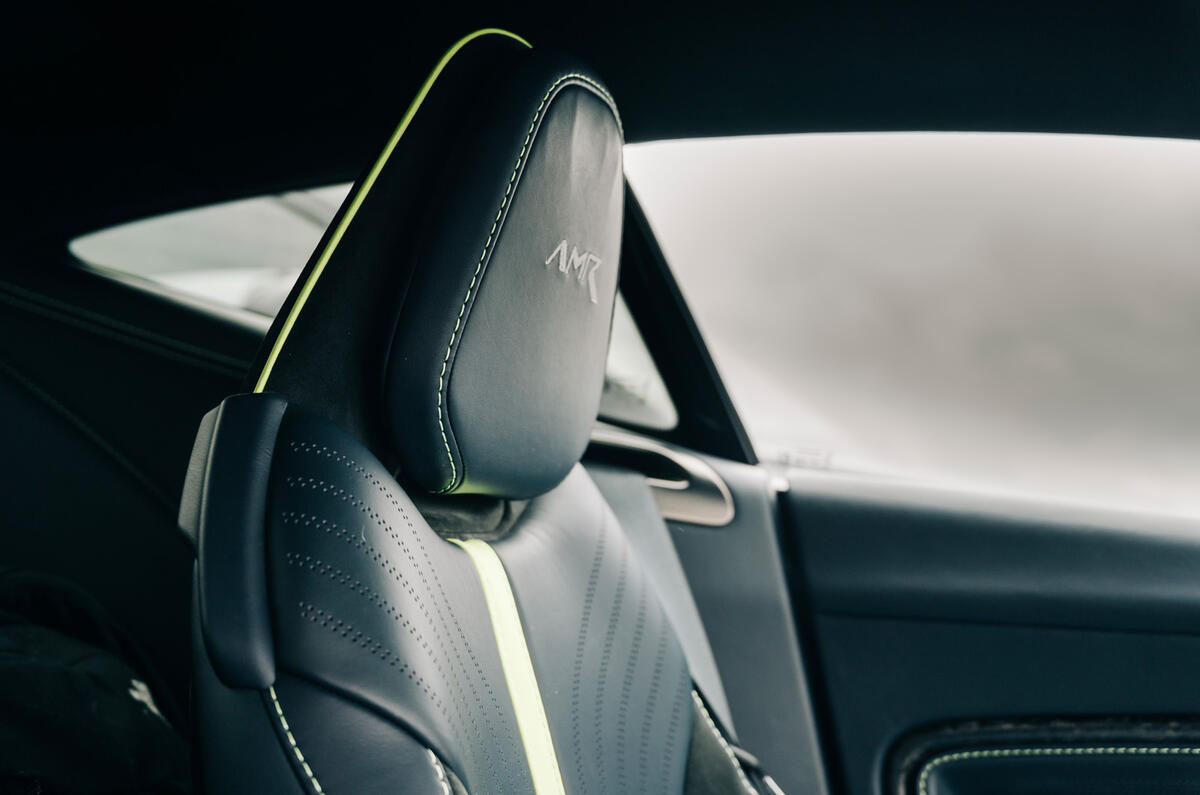
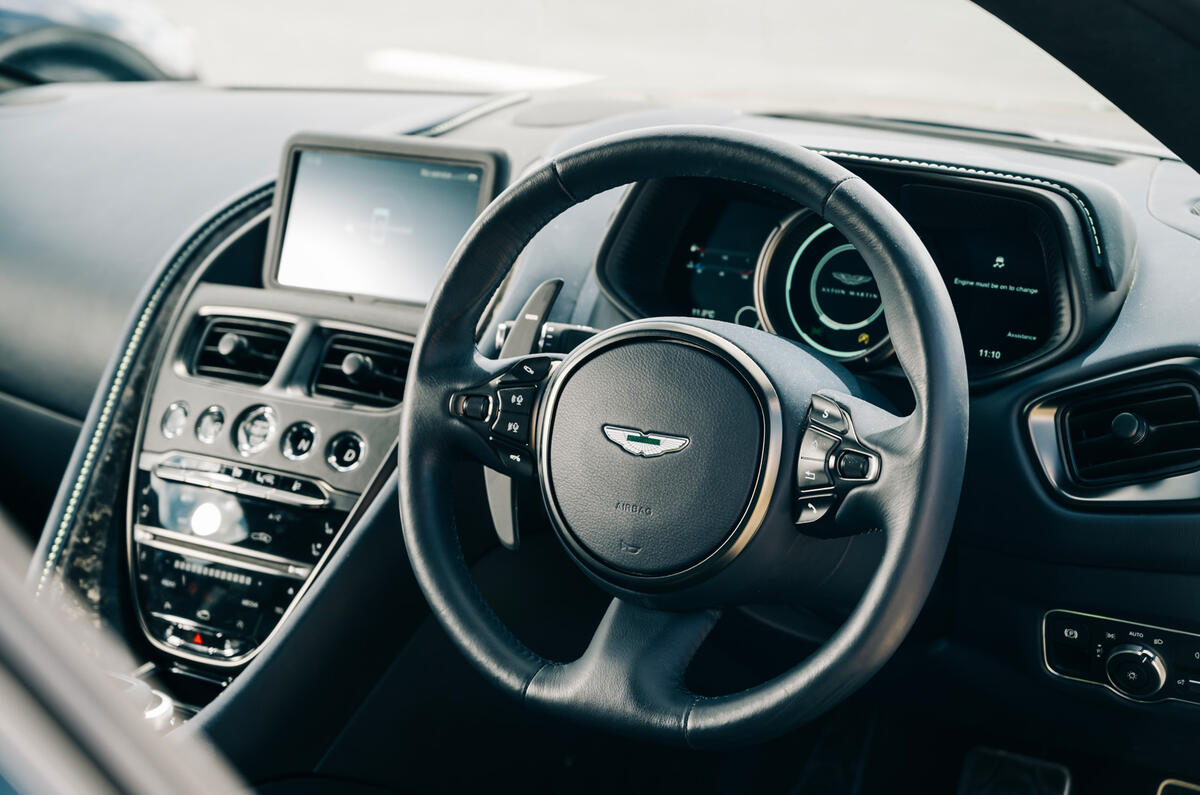
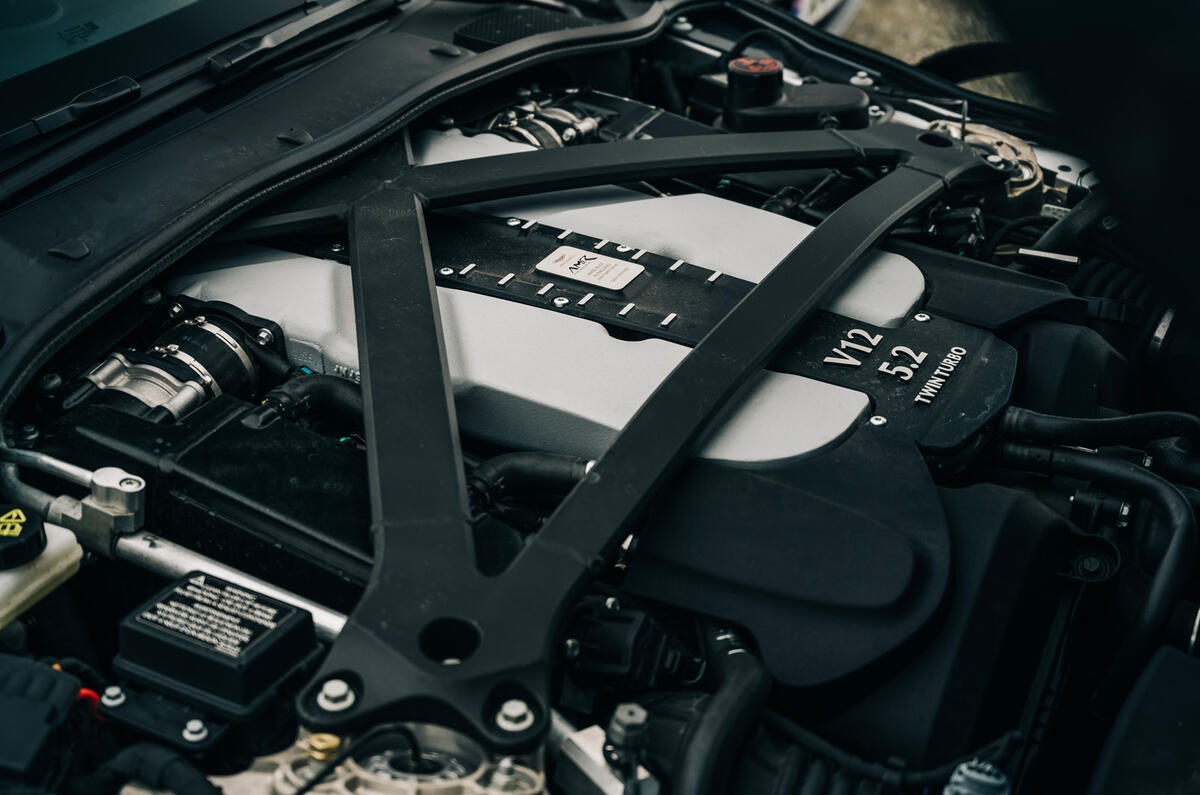
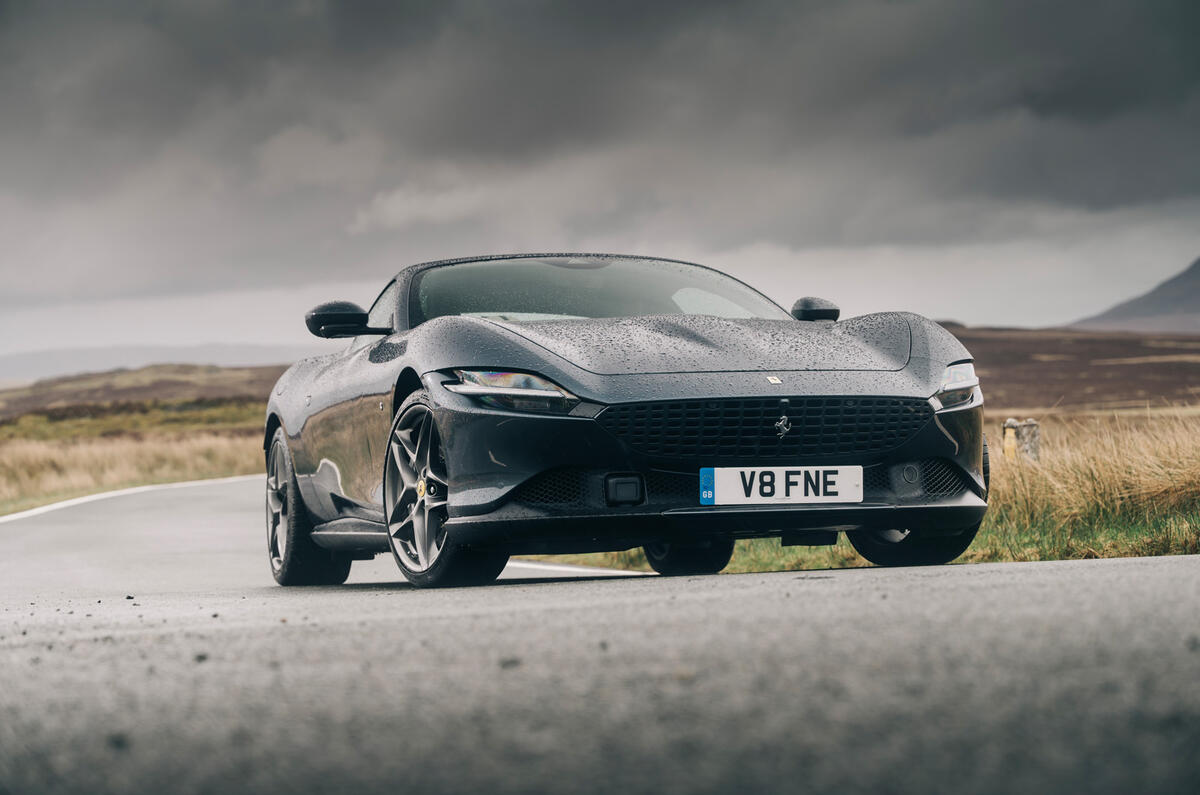
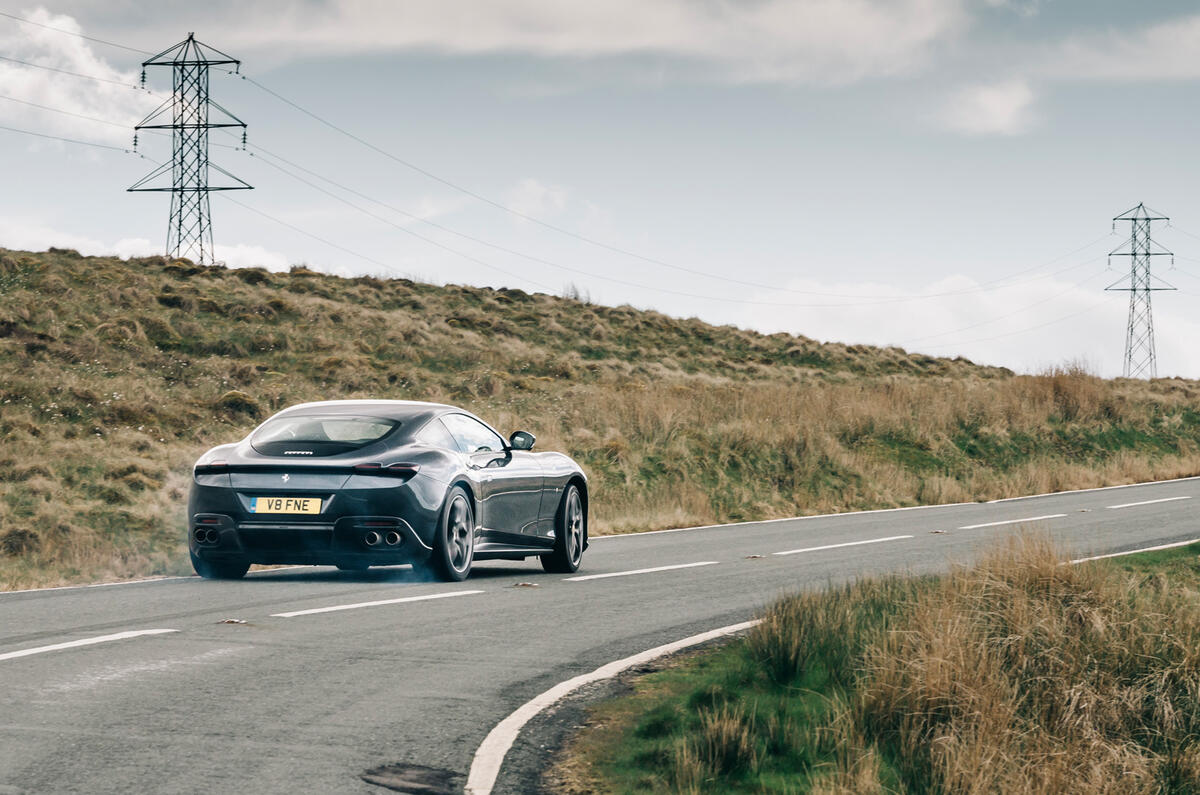
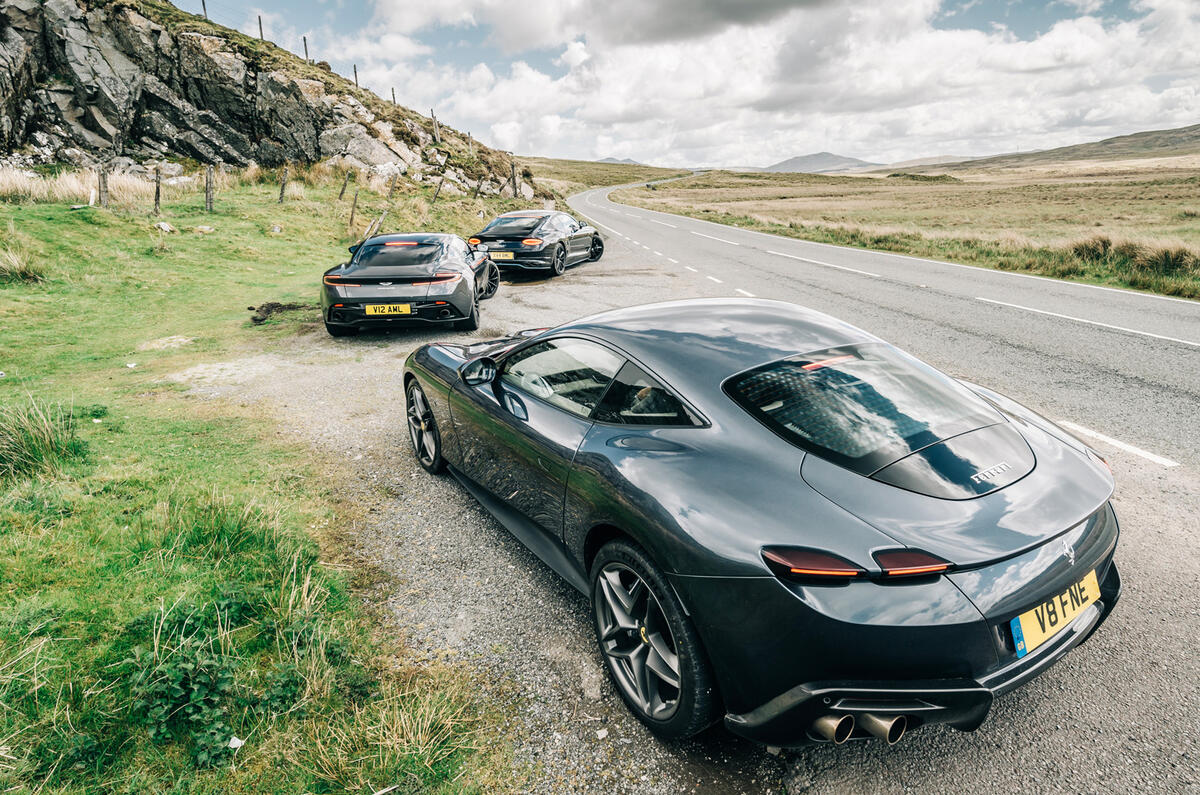
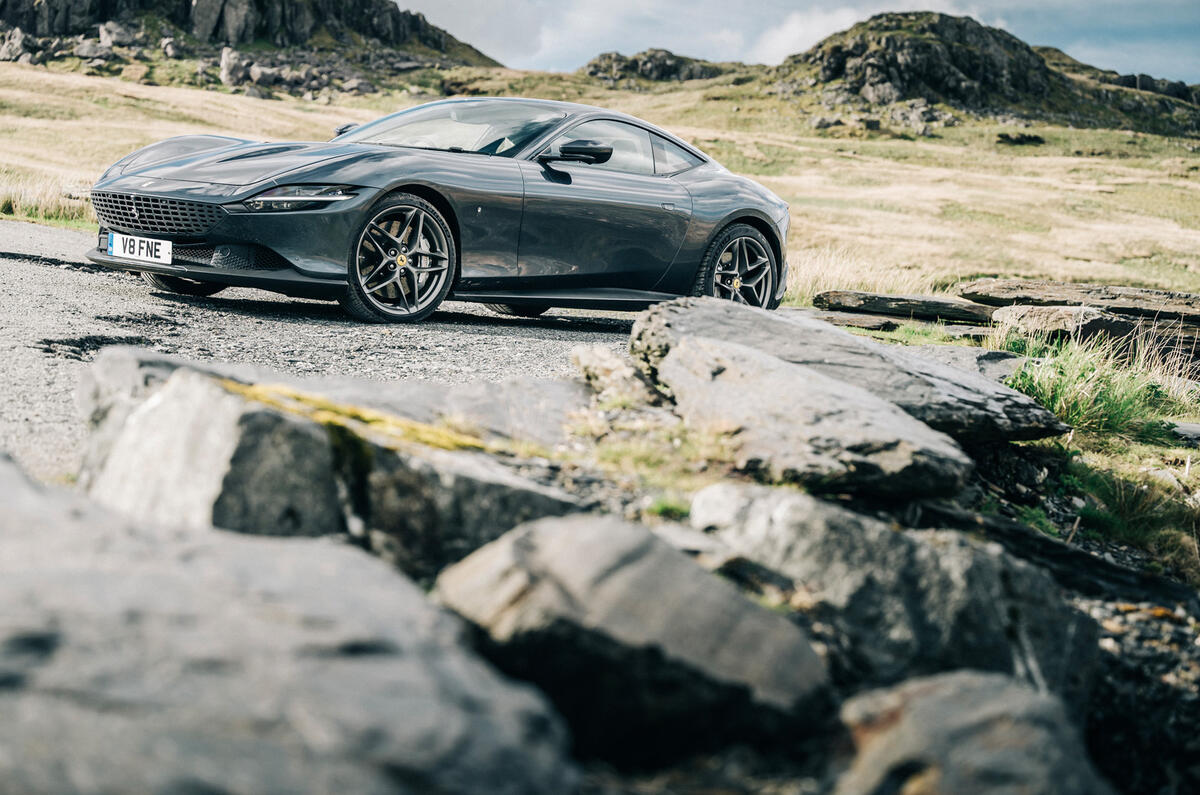















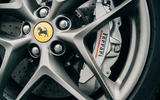








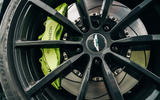

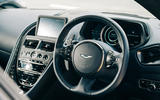















Join the debate
Add your comment
The Ferrari looked the best both dynamically and styling. None of the cars were presented in good colours, but the Roma wore it best.
Each played to their strengths of a brand. Bentley is a special place to be in and comfort was its objective. Ferrari the highly strung stallion. Aston the sporty GT. Dynamically, the Aston probably got the remit right in their engineering, but the execution was wrong. Ferrari created a beautiful GT car, a car who many have complimented by saying it's as beautiful as an Aston.
If that doesn't tell you what's wrong at Aston, nothing will. Watch the video with Matt Prior and he's not impressed with the interior design, and he was holding back. Time to sack Marek Reichman and find a competent designer.
Ferrari was the worthy winner. As a pre-Reichman Aston fan I'd have the Roma.
Who styLes Aston Martins these days, mercedes, britain or ItaLia ?